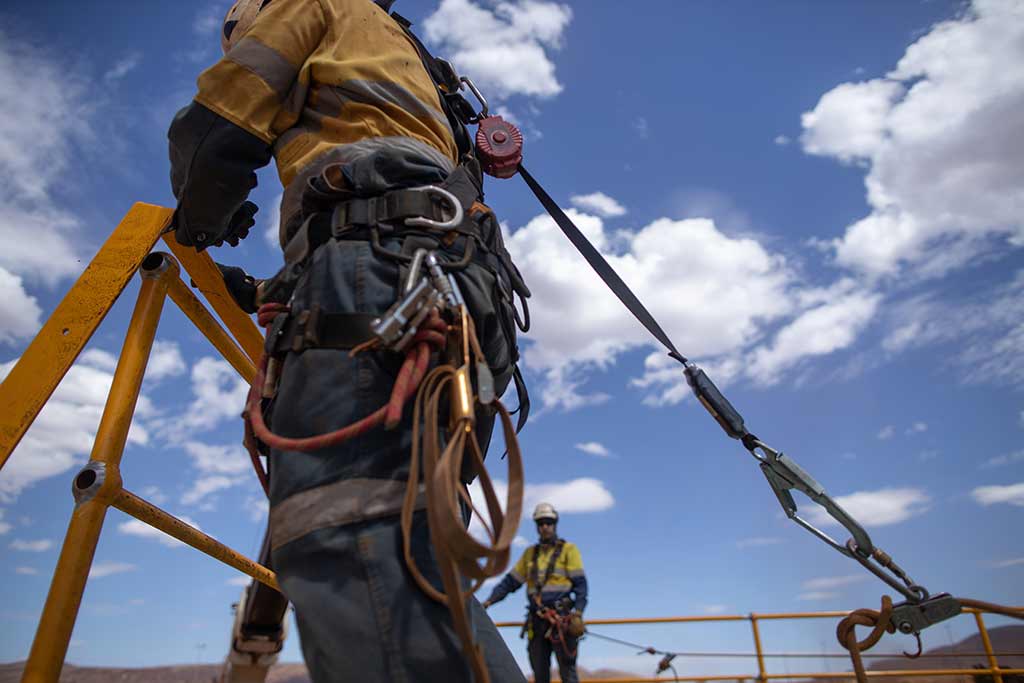How to Reduce Construction Fall Accidents
Falls are a major concern in the construction industry, often leading to severe injuries and fatalities. Recognizing this, OSHA includes falls in its ‘Focus Four’ accidents, emphasizing their critical impact on workplace safety.
Annually, OSHA conducts a ‘National Safety Stand Down’ to promote awareness and prevention of fall accidents. Despite rigorous engineering controls to mitigate risks, some hazards inevitably persist.
The commitment of construction workers, who brave these risks daily to build our infrastructure, necessitates a strong focus on their health and safety.
Fall Protection Systems: Essential for Safety Programs
Fall Protection Systems are vital in preventing falls for workers at heights exceeding six feet or when working near hazardous equipment. Various systems exist, tailored to specific scenarios, and adherence to OSHA’s complex regulations is crucial.
Key Elements of OSHA-Approved Fall Protection Systems:
- OSHA Standards for Fall Protection in Construction: These regulations mandate fall protection measures, training, and safety equipment to prevent workplace falls.
- Types of Fall Protection Systems: Personal Fall Arrest Systems (PFAS), Safety Nets, Guardrails, and Rope Grabs, each with unique advantages and suited to different work environments.
- Benefits of OSHA-Approved Systems: Compliance with regulations, enhanced worker safety, cost savings, versatility, and improved employee confidence and productivity.
- Best Practices for Installation and Training: Proper installation, regular maintenance, comprehensive training, and effective rescue plans are crucial for the effective use of fall protection systems.
Understanding OSHA Requirements
OSHA’s requirements include ensuring structural soundness of work surfaces, fall protection for workers at heights of six feet or more, or near dangerous equipment, and specific standards for each type of fall protection system. Crucially, workers must be trained in the proper use of these systems.
Exploring Fall Protection System Types
- Personal Fall Arrest Systems (PFAS): Comprising an anchor point, a lanyard, and a full-body harness, these systems require proper training and inspection.
- Safety Nets: Designed to catch falling workers, they are easy to install but need ample space.
- Guardrails: Provide a physical barrier but may not be suitable for all environments.
- Rope Grabs: Ideal for fixed ladders or scaffolds, they are easy to use but require maintenance.
Benefits of OSHA-Approved Fall Arrest Systems
Using these systems ensures compliance, enhances safety, offers cost savings, and boosts worker confidence and productivity.
Fall Protection Training and Best Practices
Key steps include conducting a fall hazard assessment, selecting the right system, providing thorough training, regular equipment inspection, implementing a rescue plan, and maintaining a written Fall Protection Program.
Professional Support with CCS Safety Solutions
For expert assistance in hazard analysis, developing a Fall Protection Program, and organizing fall protection training, CCS Safety Solutions offers nationwide consulting services. Our experienced consultants are dedicated to fostering safe work environments and ensuring OSHA compliance.
Protect Your Workers from Falls with CCS Safety Solutions
For more information on safeguarding your workers against fall hazards, contact CCS Safety Solutions at 888-586-9495.







